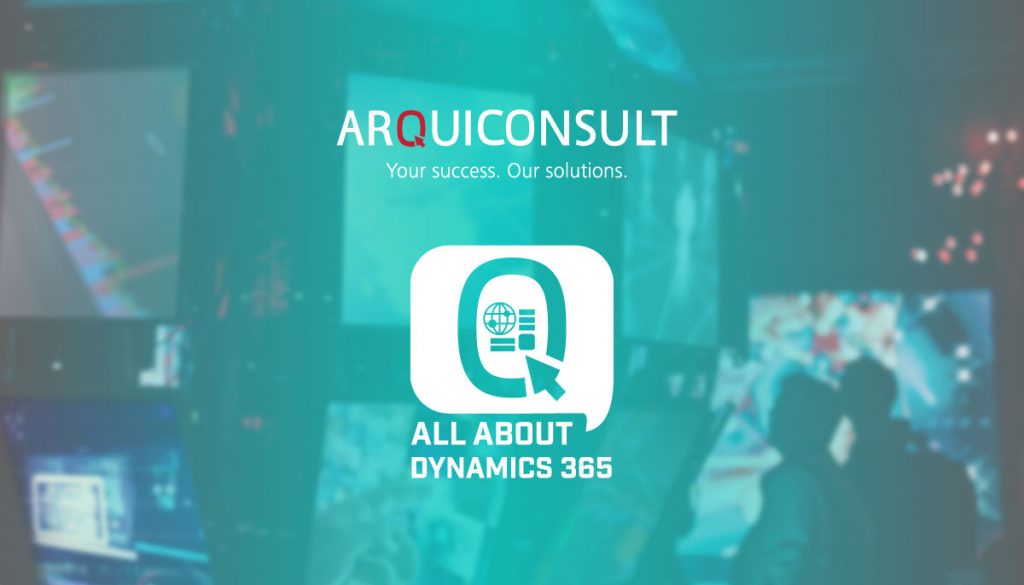HOW MICROSOFT QUIETLY CLIMBED BACK TO THE TOP OF THE TECHNOLOGY INDUSTRY
Microsoft has undergone an enormous transformation in recent years, both as a company and as an organization. Around 2013, Microsoft was regarded as a kind of old-school IT vendor. A big vendor with a strong position and a large customer base, for sure! But also a pretty slow organization, that often responded late to changing market demands. After several bumpy and challenging years, the company is now showing strength once more.
The appointment of Satya Nadella as the new CEO in 2014 turned out to be the start of a radical change. He replaced some old-timers with new managers with fresh ideas and the courage to change things. On the product side he introduced the ‘cloud first, mobile first’ strategy that was quite progressive those days. But Nadella’s best contribution was in the domain of the internal company culture. He challenged the organization to move from a ‘know-it-all’ to a ‘learn-it-all’ culture. His leadership was effective in the demolition of internal silos and he was a strong promotor of a better co-operation. Nadella implemented a ‘growth mindset’ at scale!
But just a new mindset can’t drive sustainable growth. While competitors like Apple, Google and Facebook put their energy into lawsuits and the media, Microsoft kept a relatively low-profile of late while seeing its share prices rise more than 600 percent since 2014. The company has quietly carved out a niche in cloud services, software and hardware. And in this way climbed back to the top of the tech tree. In June 2021, Microsoft became the second American publicly traded company in history to reach a market capitalization of $2 trillion.
Satya Nadella saw the potential for the technology to become the base infrastructure for businesses around the world. Microsoft unveiled a new mission statement: “to empower every person and every organization on the planet to achieve more.” Today, this is brought to life through services like its Azure Cloud, which keeps millions of people connected. It’s available across 52 regions, powering water-service management systems in Tokyo, educational services in London and e-commerce businesses in South Africa in equal measure.
On the business applications side, Microsoft moved its offering in only a few years from a wide set of stand-alone applications to an impressive integrated intelligent cloud platform that wins the hearts of current and potential customers.
Microsoft has a clearer identity today than it ever had before. While staying away from headlines and antitrust suits, the company has developed a product suite that lives up to its mission statement. Although it took Microsoft 33 years from its initial public offering to reach its first $1 trillion in value in 2019, the next trillion took just two years. And there are no indications that this growth is coming to an end anytime soon.
So if you are looking for an IT vendor that can help you grow and navigate the exciting years ahead in today’s unpredictable world, Microsoft is definitely a serious candidate!


